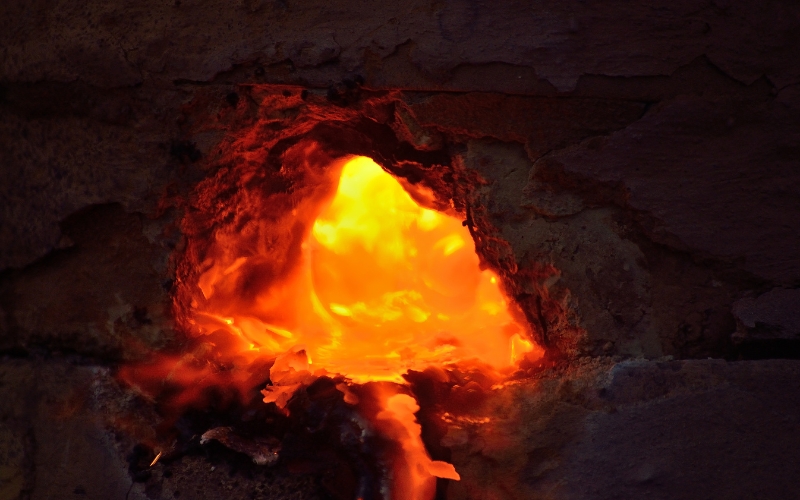In manufacturing, casting refers to a process of shaping molten metal or other materials into a desired form by pouring it into a mold or a pattern.
The process of casting is one of the most common techniques used to produce metal parts and components used in various industries, including aerospace, automotive, medical, and casting manufacturing
Casting involves several steps, including patternmaking, molding, melting, pouring, solidification, and finishing. Let’s take a closer look at each step.
Patternmaking: This is the first step in the casting process. A pattern is a replica of the final part, which is used to make the mold. Patterns can be made of various materials, such as wood, plastic, or metal, depending on the complexity and size of the part.
The pattern is typically made by a skilled patternmaker, who uses a variety of tools and techniques to create a highly accurate and detailed pattern.
Molding: Once the pattern is created, it is used to make a mold. A mold is a cavity that is shaped like the final part, into which the molten metal is poured. There are two main types of molds: expendable and permanent.
Expendable molds are made of materials that can be used only once, such as sand or plaster. Permanent molds, on the other hand, are made of materials that can be used multiple times, such as steel or graphite.
Melting: The next step in the casting process is melting the metal or other material to be cast. The melting process is usually done in a furnace, which can be electric, gas-fired, or fueled by oil.
The temperature of the furnace is carefully controlled to ensure that the metal is melted to the correct temperature and consistency.
Pouring: Once the metal is melted, it is poured into the mold. The molten metal is carefully poured into the mold, which is held in place by a gating system.
The gating system is designed to ensure that the molten metal flows smoothly and evenly into the mold, filling it completely.
Solidification: After the metal is poured into the mold, it begins to cool and solidify. The solidification process can take several minutes to several hours, depending on the size and complexity of the part.
During this process, the metal solidifies from the outside in, forming a solid shell around the liquid metal. This solid shell is known as the casting.
Finishing: Once the casting has solidified, it is removed from the mold and cleaned up. This involves removing any excess material, such as gates and risers, and smoothing out any rough edges or surfaces.
The casting may also be heat treated or machined to achieve the desired shape and properties.
Casting is a versatile process that can be used to produce parts of various sizes and shapes, from small, intricate parts to large, complex components.
The process is particularly useful for producing parts with complex shapes or internal cavities that would be difficult or impossible to produce using other manufacturing techniques.
Casting can be used to produce parts from a wide range of materials, including metals, plastics, and ceramics. Some of the most commonly used metals for casting include aluminum, copper, iron, steel, and zinc.
Each material has its own unique properties and characteristics, which can be optimized through the casting process to produce parts with specific properties, such as strength, durability, or heat resistance.
In conclusion, casting is a fundamental process in manufacturing that involves shaping molten metal or other materials into a desired form by pouring it into a mold or pattern.
The process of casting involves several steps, including patternmaking, molding, melting, pouring, solidification, and finishing.
The versatility of casting makes it an essential process for producing parts and components used in a wide range of industries.
















